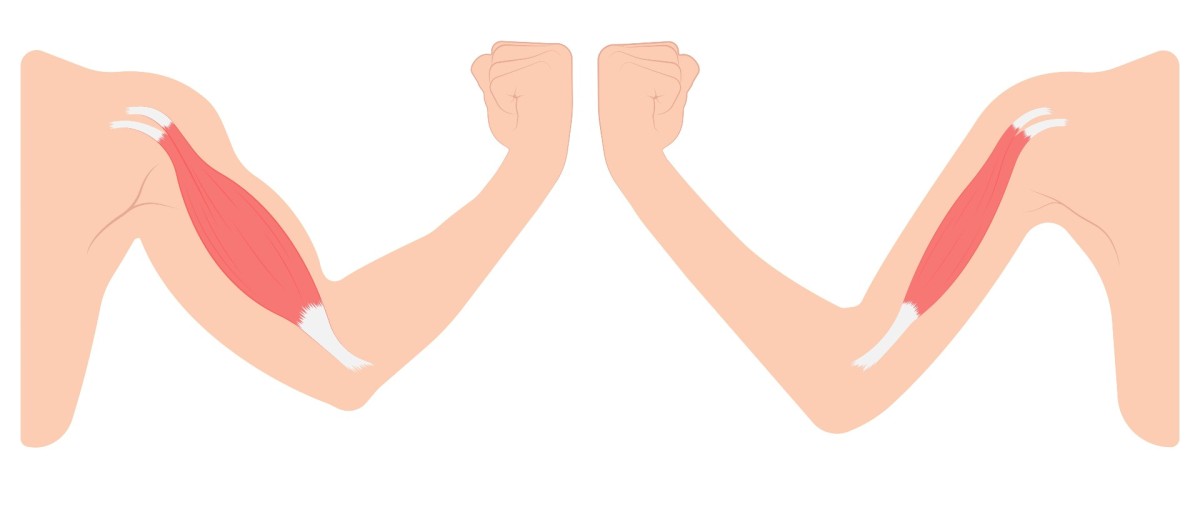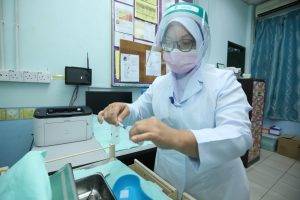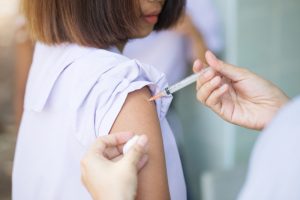Sarcopenia is the age-related degenerative loss of skeletal muscle mass which primarily affects the elderly. The resultant loss of muscle strength and function impairs balance, ability to carry out daily activities (e.g. climbing stairs, lifting objects, walking), leading to increased adverse outcomes e.g. falls, morbidity.
Epidemiology
The risk of sarcopenia increases with age, with about 20% in those aged 65 and above, to about 50% for those aged 80 and above. In a study, women had 3.6 fold higher rates of disability and men had 4.1 fold higher rates when compared to healthy elderly of healthy muscle mass. More severe sarcopenia also occurs in women over the age of 60, as compared to men. Sarcopenia affects around 30% of the elderly worldwide, placing a significant burden on the global health economy.
Symptoms
The main symptoms of sarcopenia are weakness and loss of stamina. This may lead to problems with functionality, strength, and inability to carry out physical activity. Common symptoms include:
- Difficulty in lifting objects
- Weight loss
- Weakness and exhaustion
- Loss of endurance
- Frequent falls and loss of balance
- Reduction in muscle size, especially the calves or thighs
What causes sarcopenia?
Muscle mass, like bone mineral density, starts to decline during our 30s with minimal or no symptoms until old age begins in our 50s. We lose as much as 3-5% of muscle per decade, and this process peaks between 65-80 years of age.
Under normal circumstances, muscle cells undergo a continuous cycle of growth (anabolism) and break-down (catabolism), to maintain function and strength. Sarcopenia results when this balance is tipped toward increased catabolism and muscle loss, due to:
Age-related hormonal changes
- With ageing, hormonal changes e.g. declining levels of testosterone, growth hormone, insulin-like growth factor (IGF-1) may also lead to a decrease in protein synthesis, muscle growth and mass.
- The production and efficiency of insulin decline in elderly. Insulin resistance directly causes muscle fibre atrophy (shrinkage), resulting in poor muscle mass and muscle strength. It also causes accumulation of fat in the muscles and liver, which further drives inflammation, insulin resistance and muscle catabolism.
Lack of physical activity
- Lack of muscle use is one of the strongest triggers accelerating muscle loss and increasing weakness. This may be due to:
- A sedentary lifestyle without exercise
- Prolonged bed rest or immobilisation after an injury or illness
- 2 to 3 weeks of decreased walking and other regular activity is also enough to decrease muscle mass and strength. Periods of decreased activity can become a vicious cycle. Muscle strength decreases, resulting in greater fatigue and making it more difficult to return to normal activity.
Poor diet
- A diet with insufficient calories and protein results in weight loss, diminished muscle mass and strength.
- With ageing, low-calorie and low-protein diets become more common due to taste alterations, problems with dentition and swallowing, or increased difficulty in preparing meals.
Chronic inflammation
- Chronic or long-term diseases can also result in inflammation and stress on the body, upsetting the normal balance of anabolism and catabolism, resulting in muscle loss. Some examples include:
- Chronic Obstructive Pulmonary Disease (COPD)
- Autoimmune conditions like rheumatoid arthritis, lupus
- Chronic infections like tuberculosis
- Chronic heart/kidney/liver disease
- Obesity – Adipose (fat) tissues actively secrete hormones and inflammatory factors which cause protein wastage and have suppressive effects on muscle strength. Obesity begets insulin resistance and vice versa, accelerating muscle catabolism.
Treatment
There are interventions that we can incorporate in our daily lives to slow down the rate of muscle loss. Sarcopenia in undernourished patients, especially, can be augmented with appropriate exercise, diet, and lifestyle changes. These changes include:
- Optimal protein intake of at least 1-1.2g per kg body weight per day; rich sources include meat, fish, eggs and soy.
- Undernourished elderly should also consume more food rich in Vitamin D, calcium, Omega 3 and fatty acids
- Regular exercise with resistance training, weightlifting, and muscle-building exercises
- Aerobic walks and simple daily activities
- Good management of chronic diseases, if any
Conclusion
Sarcopenia may decrease quality of life and lifespan. Although we are unable to prevent natural muscle loss as we age, much can be done to delay the decline in function. Eating well and exercising regularly are effective ways to ensure healthy, active ageing.












